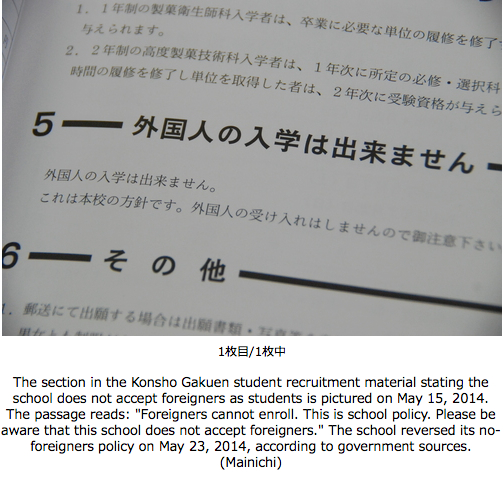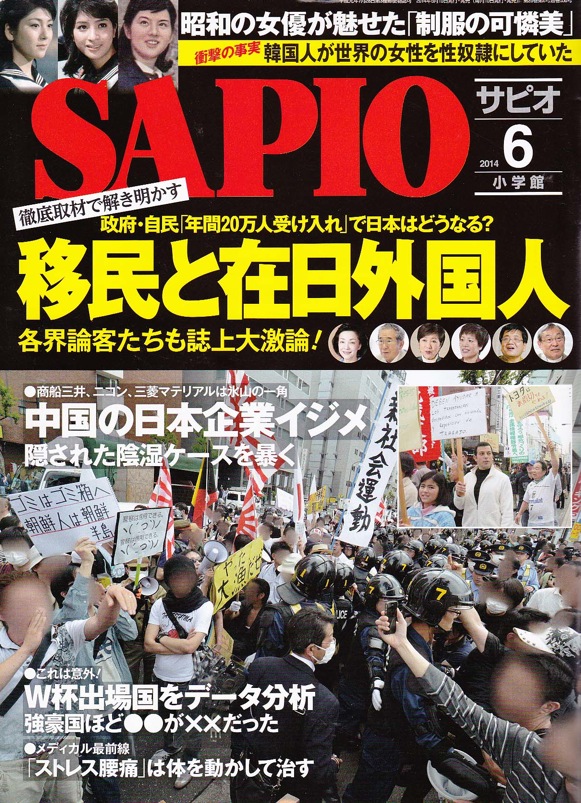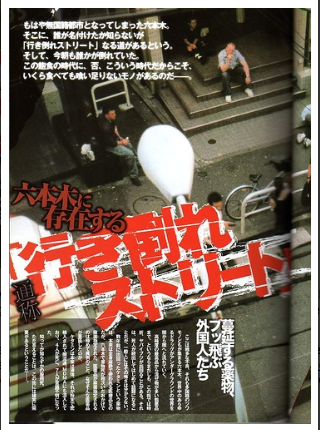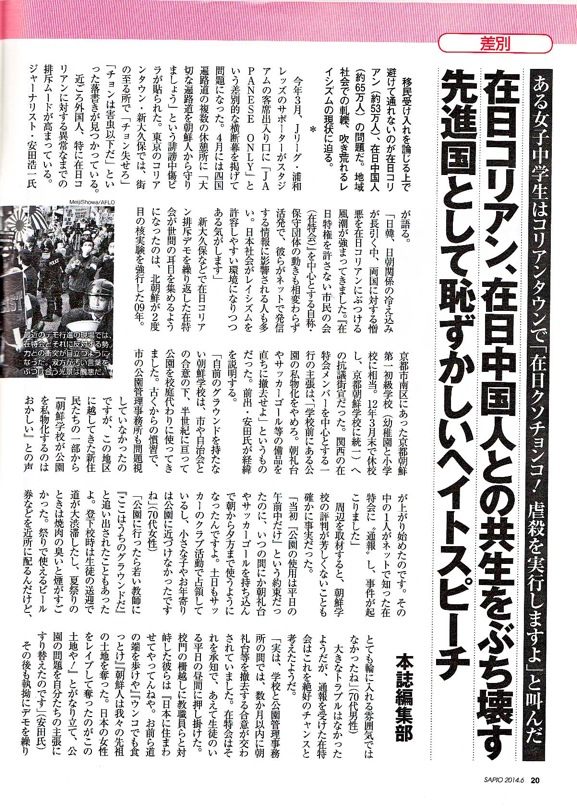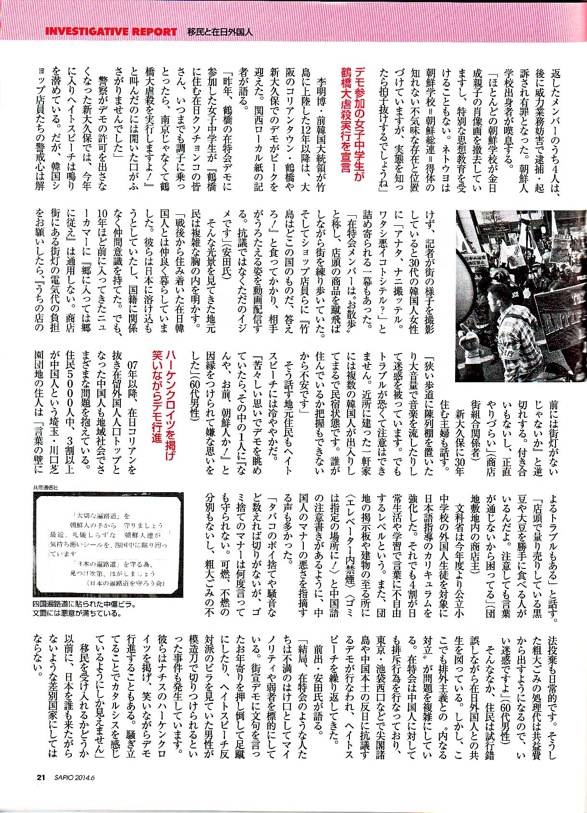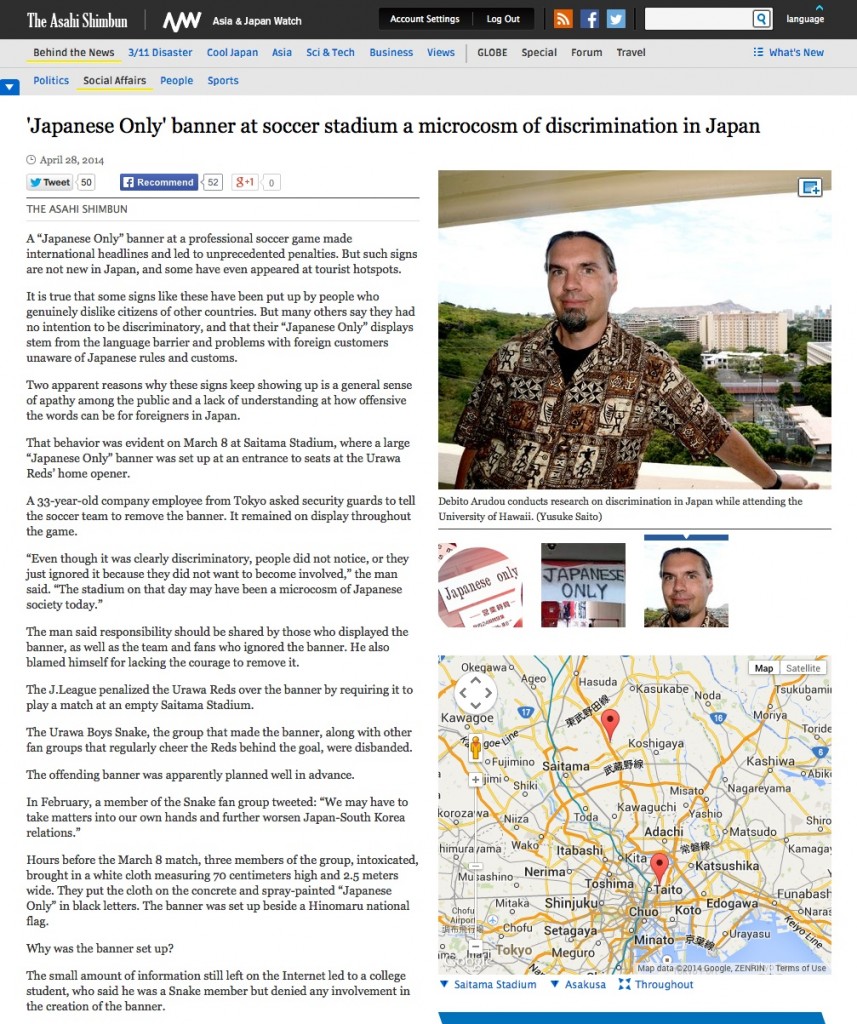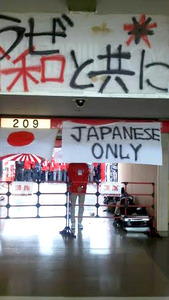mytest
eBooks, Books, and more from ARUDOU Debito (click on icon):
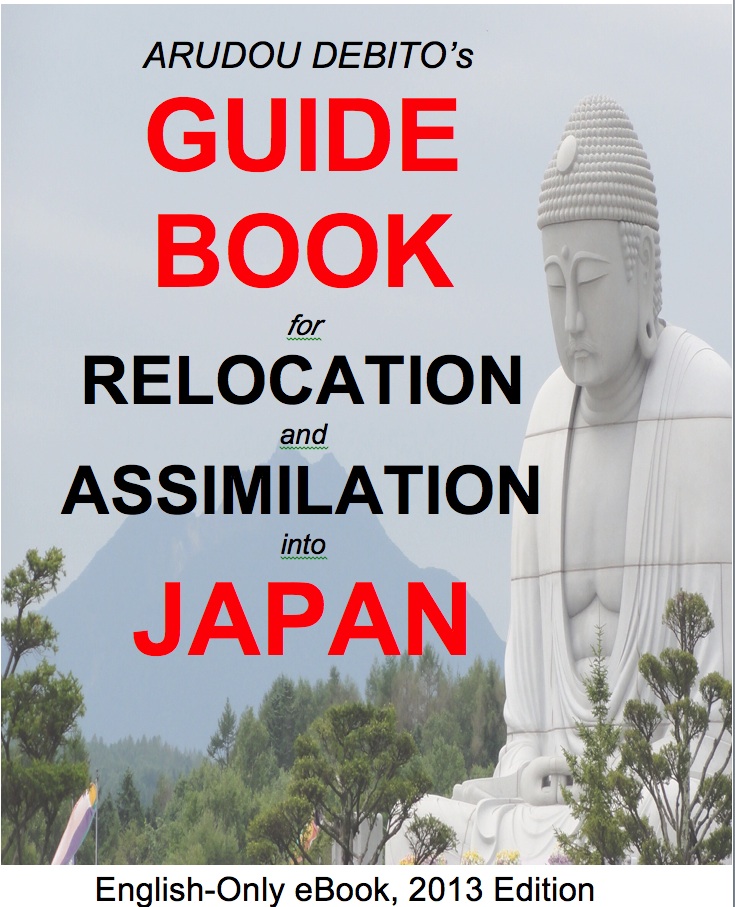
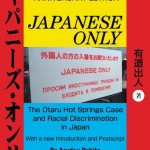
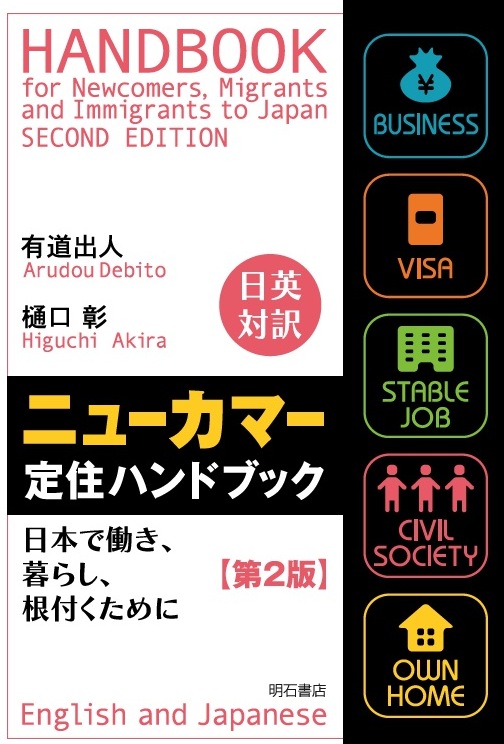
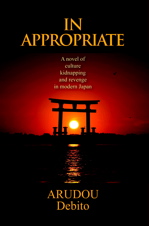

![]()

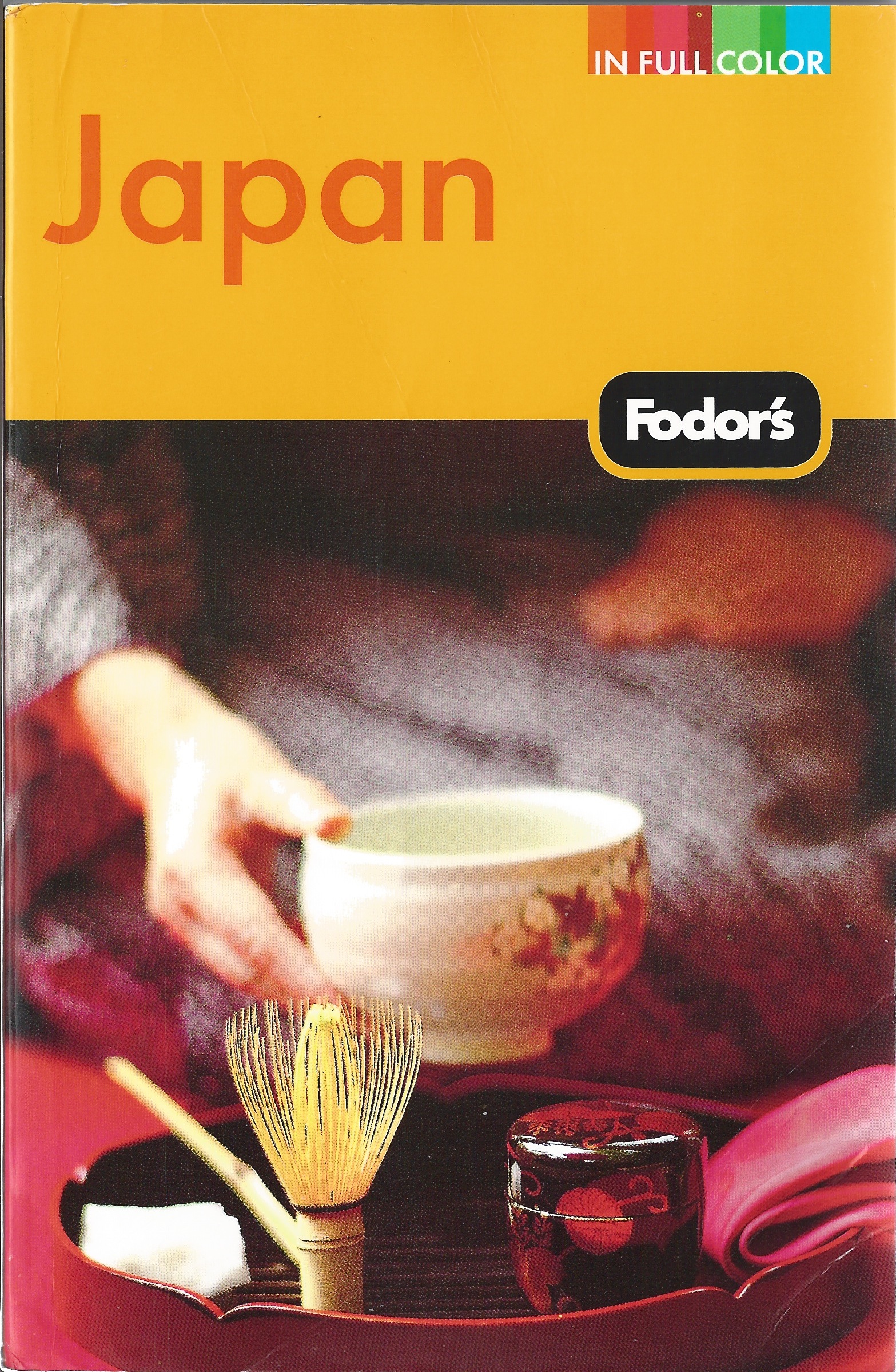
UPDATES ON TWITTER: arudoudebito
DEBITO.ORG PODCASTS on iTunes, subscribe free
“LIKE” US on Facebook at http://www.facebook.com/debitoorg
http://www.facebook.com/handbookimmigrants
https://www.facebook.com/JapaneseOnlyTheBook
https://www.facebook.com/BookInAppropriate
If you like what you read and discuss on Debito.org, please consider helping us stop hackers and defray maintenance costs with a little donation via my webhoster:

All donations go towards website costs only. Thanks for your support!
Hi Blog. Bit of a tangent here, but when we saw Japan drop behind China to become the #3 largest economy, we saw reactions of craziness that still reverberate today (not the least sour grapes, but more heightened security issues). I wonder how the Americans will react to this news.
The Economist (London) tells us like it is, with the aplomb of a former world power itself, declaring the American Century over. China will be the world’s largest economy years at the end of this year, nearly half a decade ahead of schedule.
Myself, I think this is (or should be) inevitable: China has the most people, so it stands to reason that it should have the most capacity to produce and be rich if not richest. After all, the Pax Americana Postwar goal of helping countries become rich and developed is that they’ll become more stable economically, thus more likely to suppress warlike urges in favor of the mutual profit motive. Plus the Americans always held out hope that an emerging middle class would agitate for democratic reforms, and shudder at the thought of the Chinese system in its current form becoming the global hegemon. Will it react similar to Japan and see China as a threat, or will it keep Postwar historical goals in perspective and see it as a form of mission accomplished?
Yet China, as the second article below indicates, is downplaying that kind of future. Although global development theories are something I studied in grad school, China isn’t my field. So Debito.org Readers. any thoughts as to why? Dr. ARUDOU, Debito
/////////////////////////////////////////////////
Daily chart
Crowning the dragon
The Economist, Apr 30th 2014 by J.M.F. and L.P.
China will become the world’s largest economy by the end of the year
http://www.economist.com/blogs/graphicdetail/2014/04/daily-chart-19?fsrc=scn/tw/te/pe/ed/dailychartppp
UNTIL 1890 China was the world’s largest economy, before America surpassed it. By the end of 2014 China is on track to reclaim its crown. Comparing economic output is tricky: exchange rates get in the way. Simply converting GDP from renminbi to dollars at market rates may not reflect the true cost of living. Bread and beer may be cheaper in one country than another, for example. To account for these differences, economists make adjustments based on a comparable basket of goods and services across the globe, so-called purchasing-power parity (PPP). New data released on April 30th from the International Comparison Programme, a part of the UN, calculated the cost of living in 199 countries in 2011. On this basis, China’s PPP exchange rate is now higher than economists had previously estimated using data from the previous survey in 2005: a whopping 20% higher. So China, which had been forecast to overtake America in 2019 by the IMF, will be crowned the world’s pre-eminent country by the end of this year according to The Economist’s calculations. The American Century ends, and the Pacific Century begins.
/////////////////////////////////////////////////
China doesn’t want to be recognized as such:
China plays down GDP size
BY FRANK CHING
THE JAPAN TIMES, MAY 18, 2014
More than a week after new World Bank figures indicated that China would overtake the United States this year and become the No. 1 economy comes the news that, for the first time, the world’s three biggest public companies and five of the top 10 in the Forbes Global 2000 List are Chinese.
American companies accounted for the remaining five on the top 10 list. The biggest U.S. companies were JPMorgan Chase and Berkshire Hathaway, in fourth and fifth place respectively, trailing Industrial and Commercial Bank of China, China Construction Bank and Agricultural Bank of China.
There are no European companies among the top 10. Royal Dutch Shell and HSBC Holdings, among the top 10 last year, have been edged out.
Xinhua, the official Chinese press agency, reported the news without comment under the headline “China has world’s 3 largest companies: Forbes.”
This was unlike the treatment given to the report the previous week that China would become the world’s largest economy this year. Then, the news was played down, if reported at all.
In fact, the official People’s Daily newspaper made clear the disdain with which the Chinese government held predictions using purchasing power parity by declaring, “Chinese want a better life, not an artificial ranking as world’s no. 1 economy.”
It cited “another report from the World Bank” that “indicated that the GDP of the U.S. was about $16.8 trillion in 2013, ranking first, while China’s GDP was only $9.18 trillion, ranking second.” It then put things in better perspective by saying: “China’s per capita GDP ranks only 99th in the world.”
Clearly China not was comfortable about its elevation to the world’s No. 1 economy by the end of this year. Being in second place is more comfortable and can be used by the government to urge the Chinese people to work harder.
The People’s Daily recalled that “catching up with the United States” was once stated as the goal of the Chinese people. But it added pointedly, “this meant not only the pursuit of economic strength but also a strong demand for self-esteem and self-confidence.”
Rest of the article at http://www.japantimes.co.jp/opinion/2014/05/18/commentary/world-commentary/china-plays-down-gdp-size/
ENDS
